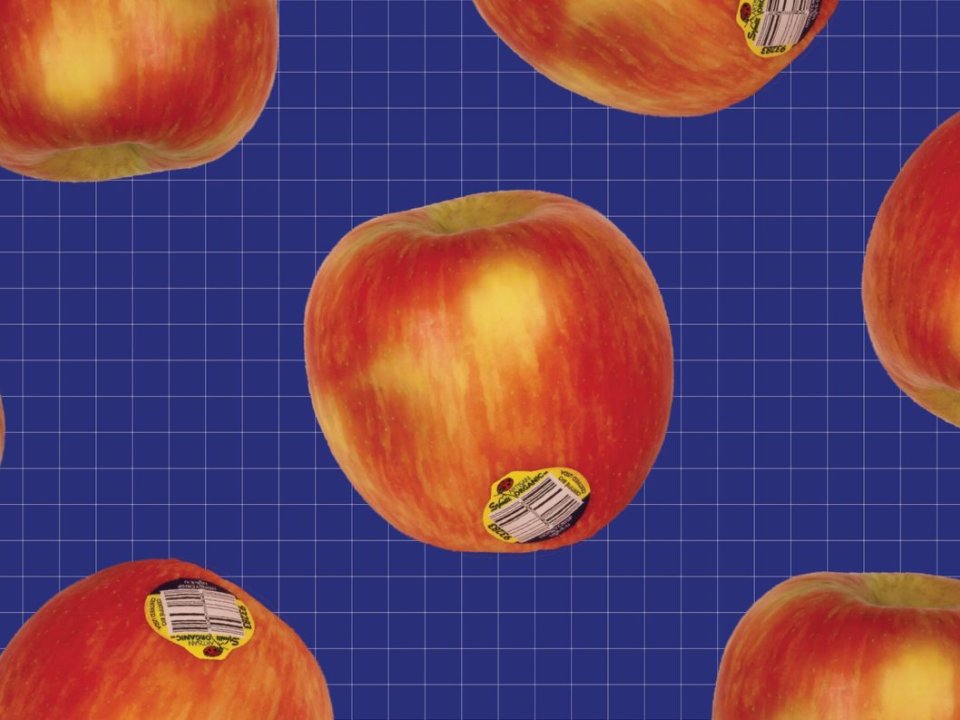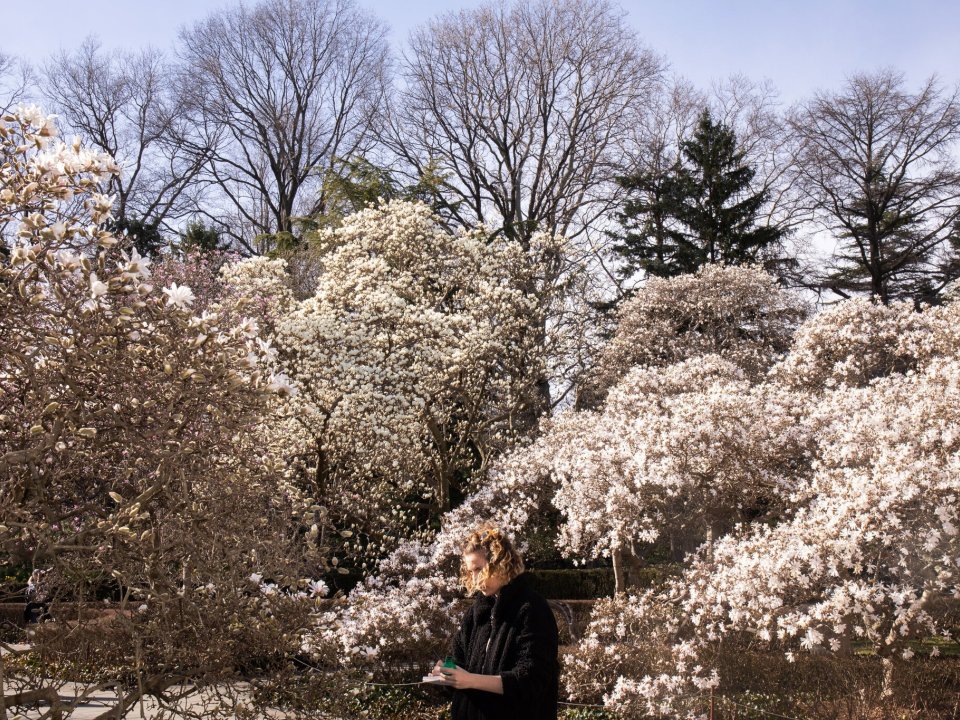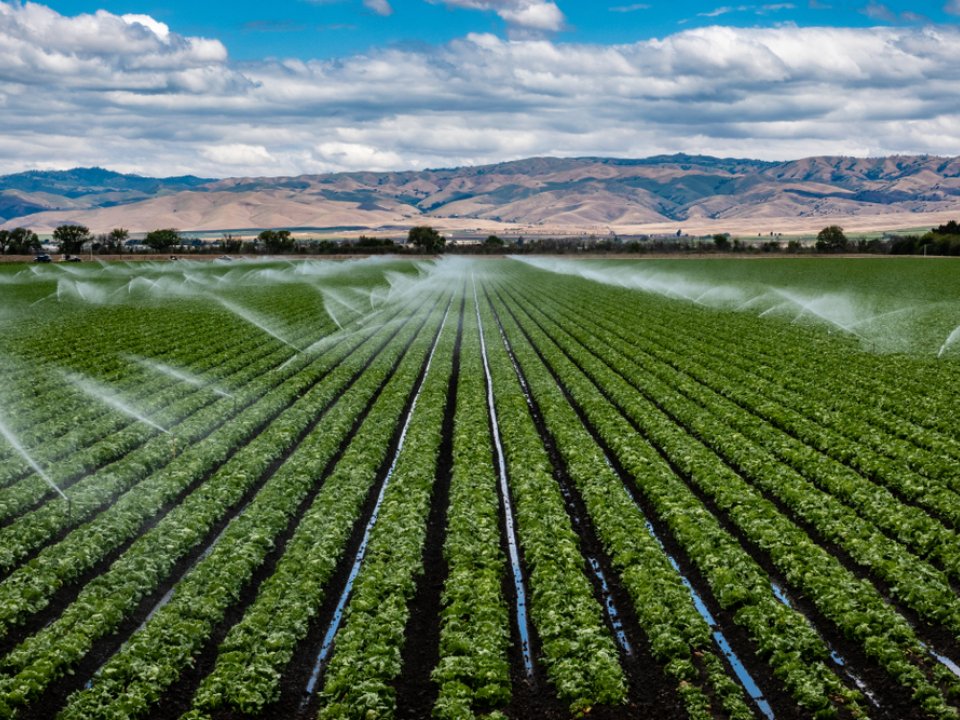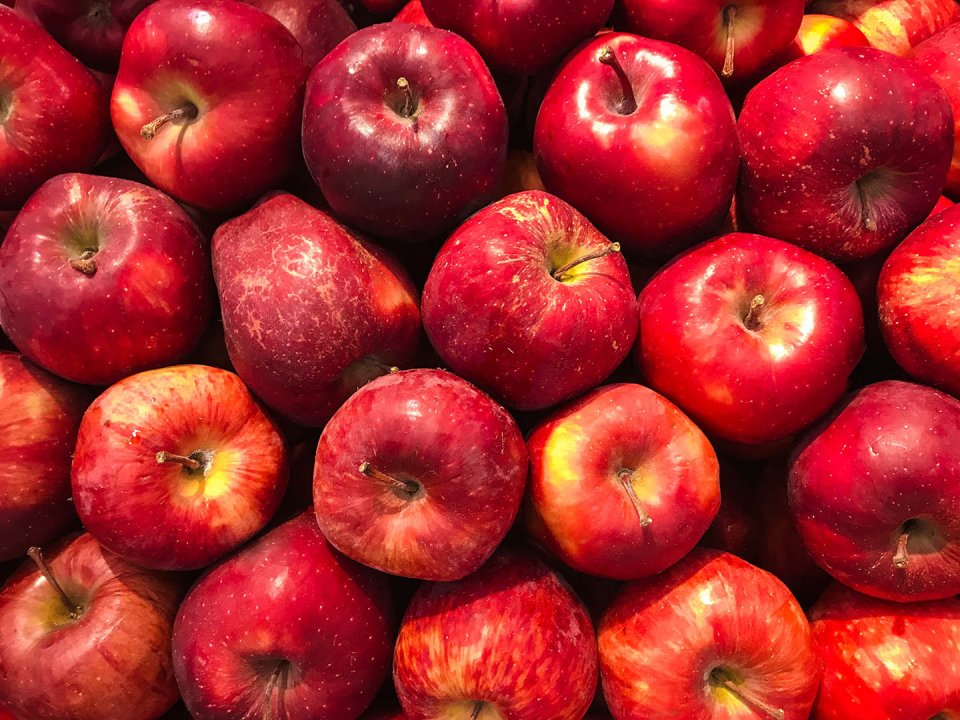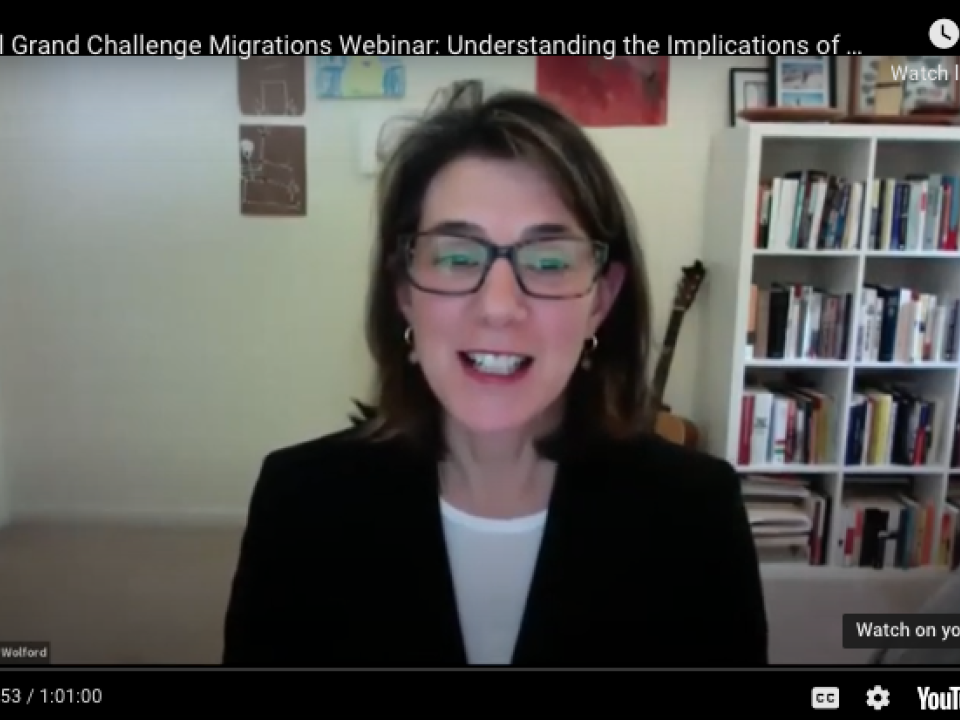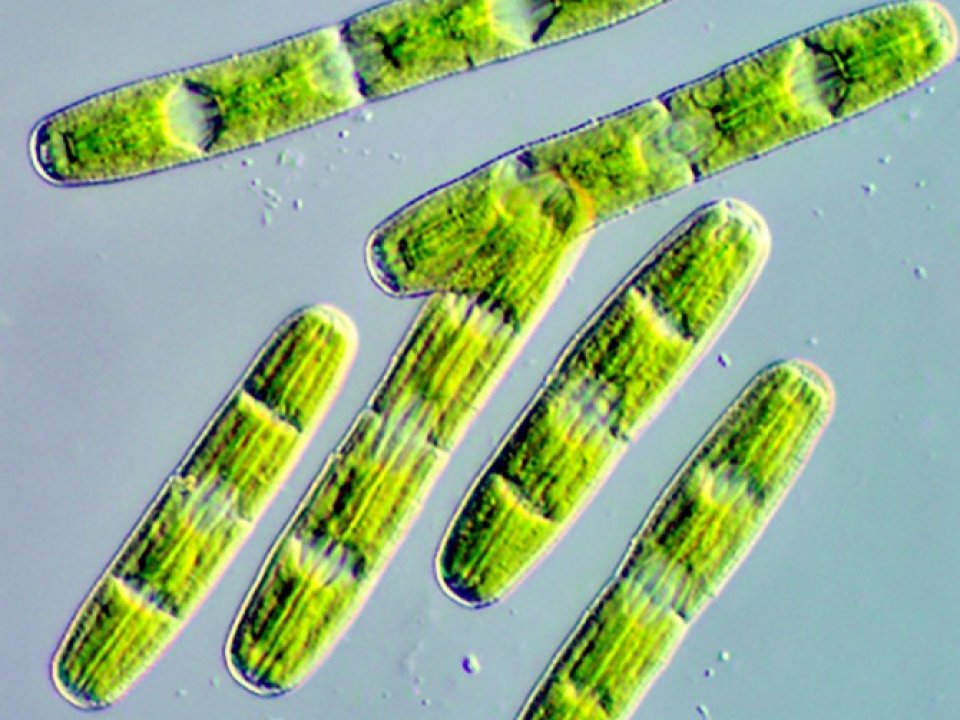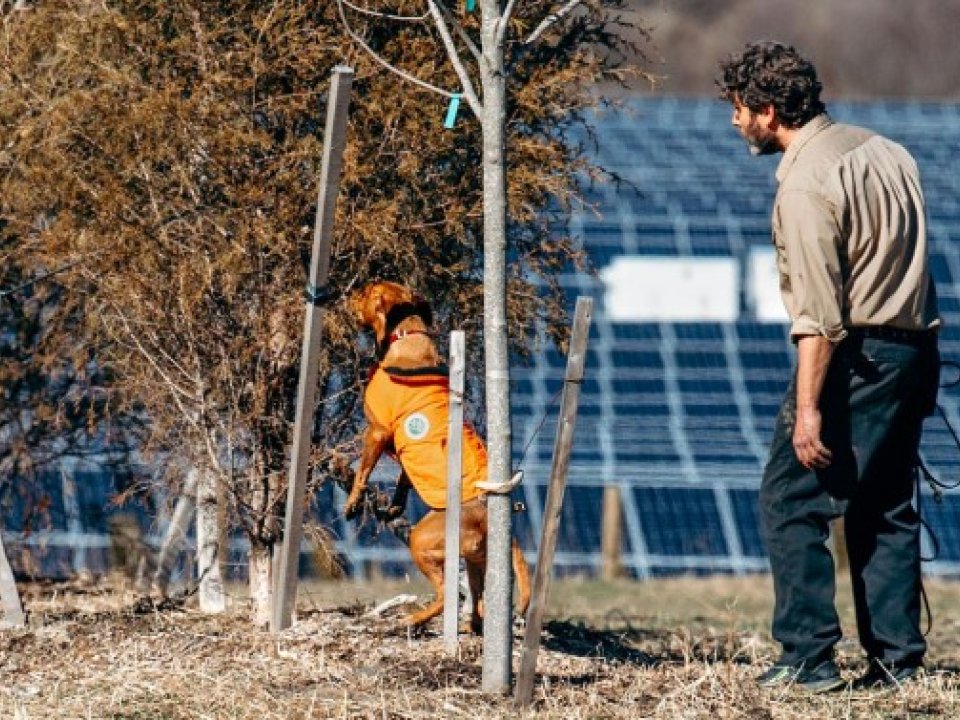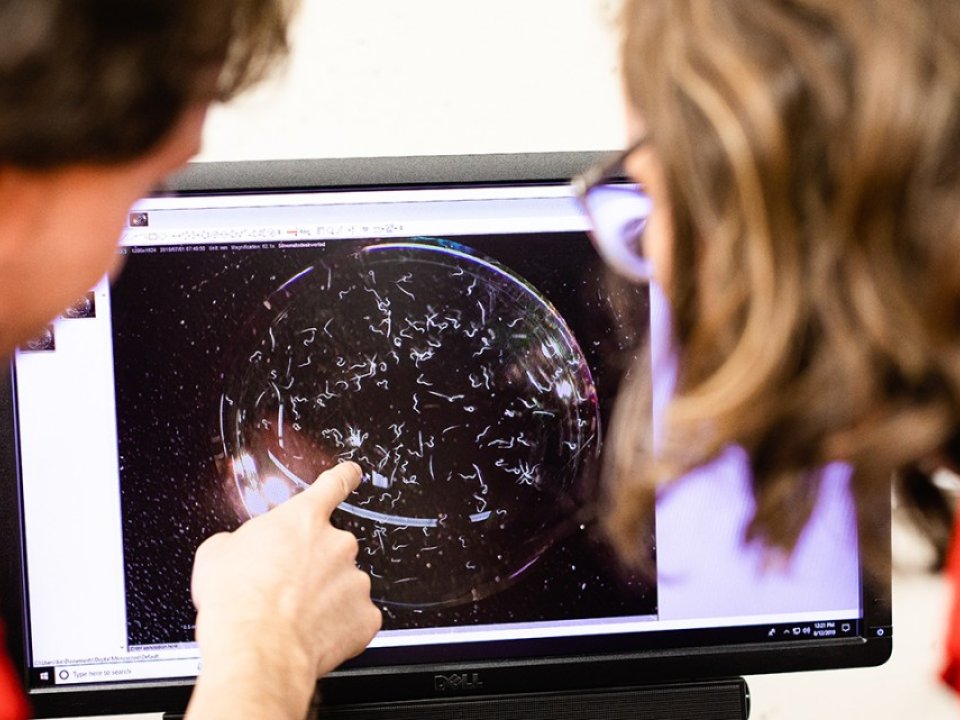News
The number of lianas is increasing in tropical forests relative to trees, and their overabundance can hamper a forest’s ability to store carbon, so botanists are eager to learn more. “We understand a lot about their ecology, but we don’t understand how these diverse and strange wood forms evolved,” says Joyce Chery, assistant research professor.
From Central Asia to orchards across New York State, where apples are grown today is largely a question of patent law. “It’s a way to control propagation,” said Courtney Weber, associate professor of horticulture. “It means someone can’t take your plant, produce thousands of it, and not pay for it.”
In coming years, “there will be native plants, but they’ll be different native plants,” explains horticulture professor and program leader of the Urban Horticulture Institute, Nina Bassuk. “They won’t be the same plants that were here pre-Columbus.”
“It’s going to be about bringing more tools to the table in terms of climate change so we’re not reacting. You can get ahead of the game,” says Patrick Reed, professor of engineering and co-author of the study featured in the article.
COVID-19 and the ongoing climate crisis have highlighted the importance of maintaining the food supply chain and access to essential goods. Often, this access is neither fair nor sustainable.
In a study of New York state apple orchards, Cornell plant pathologists have identified a new fungal pathogen that causes bitter rot disease in apples.
Our ability to understand migrations and address real-world migration challenges is dramatically improved by working together, as evidenced by this panel's discussion, recorded on June 5, 2020, as part of Cornell's virtual reunion weekend.
Cornell researchers have sequenced and analyzed the genome of a single-celled alga that belongs to the closest lineage to terrestrial plants and provides many clues to how aquatic plants first colonized land.
Dogs have highly sensitive noses, a trait environmental conservationists, land managers and plant disease specialists are harnessing to sniff out invasive species.


